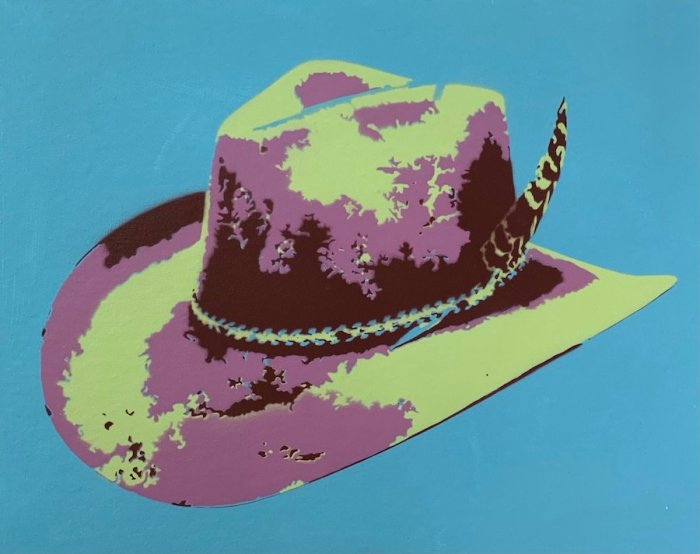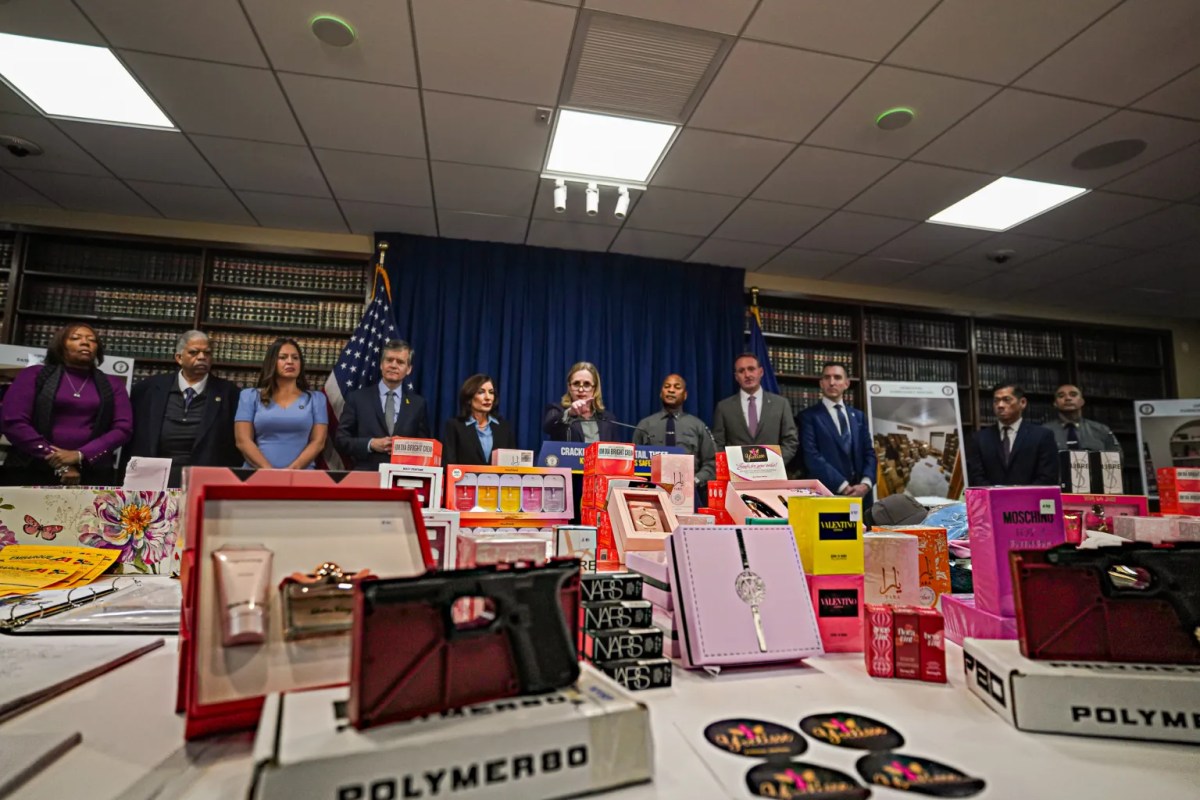This fall, the Grolier Club in New York City will be presenting its new exhibition “Building the Book from the Ancient World to the Present Day: Five Decades of Rare Book School & the Book Arts Press.” The exhibition will inform attendees about how books have been produced through history, and how the techniques differ depending on what region you are in.
Organized by the renowned Rare Book School at the University of Virginia— founded by MacArthur Fellow Terry Belanger and currently directed by Michael F. Suarez, S.J.— the exhibit will borrow pieces for their unique collections of literature. Grolier and the university are bringing together a team of experienced curators, librarians, book historians, conservators and collectors to teach about the deeper concepts of books and their production.
Curated by Barbara Heritage and Ruth-Ellen St. Onge Building the Book will feature over 200 items that illustrate how the form of books has changed over the course of more than 2 millenia. Attendees will get a further understanding of the materials, printing technologies, decorative finishes and markings that make books, both old and new.
“We have all been taught how to read books, but have we learned how to look at them closely? What can be gleaned from analyzing an original specimen of ancient papyrus, or by studying rubbings of a Chinese book engraved on stone, or by feeling the heft of a piece of beech once used in a European medieval bookbinding?,” said Heritage.
The goal of everyone involved in the exhibition is to inform people of the history that surrounds book making, “from ancient cuneiform tablets and papyrus to the composite screens of e-readers of today; to printing type, plates, and woodblocks; and bookbindings that declare a book’s identity to the world.” The exhibit will have texts dating back to 300 BCE, made up of ancient Egyptian papyrus. There will be a Buddhist sūtra fragment dating back to 9th century Japan. They will even showcase modern technology like the Rocket E-Book, which was released in the year 2000 as one of the first portable e-readers.
“The more we learn to look at books as objects, the more we understand how their material forms are expressive not only of their manufacture, but also of the myriad communities and social networks from which they emerge—whether an ancient Egyptian farm, an early modern Tibetan monastery, a nineteenth-century prairie schoolhouse, or a turn-of-the-millennium Canadian home with its own desktop computer,” said St. Onge.
Some of the books on display are filled with stories and information that are culturally important to a variety of people. For example, “The Ghetto and Other Poems” is a book that tells the stories of Jewish immigrants living on the Lower East Side. Another example is “I Saw the Fall of the Philippines,” Filipino soldier and journalist Carlos P. Romulo’s firsthand account of the Japanese invasion of his country during the second World War. This history surrounding not only the contents of these books, but how they were made, is extremely important to understanding the history behind the words. This exhibition will, without a doubt, provide attendees with new insight on the significance of bookmaking.
The exhibition will open in the Grolier Club’s ground floor gallery from Sep. 28 through Dec. 23. For more information check out: https://www.grolierclub.org/


































